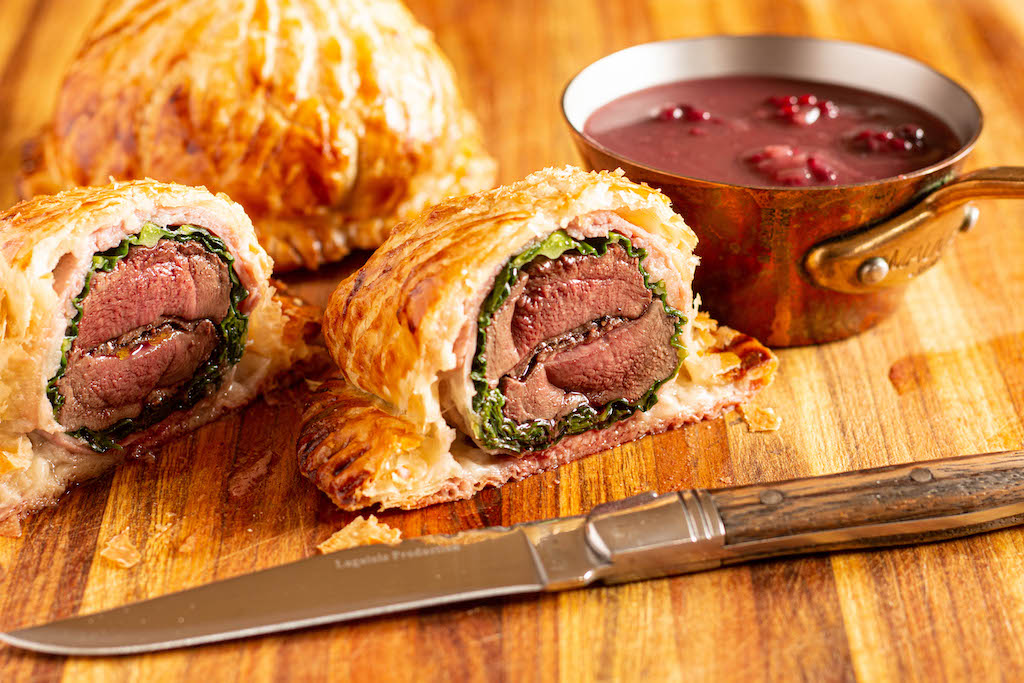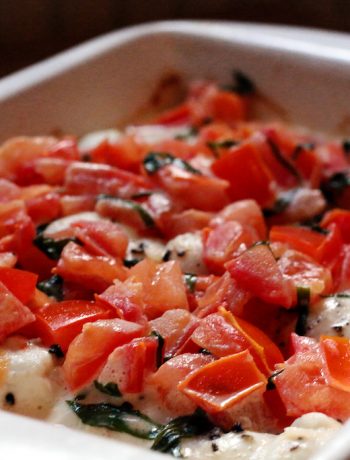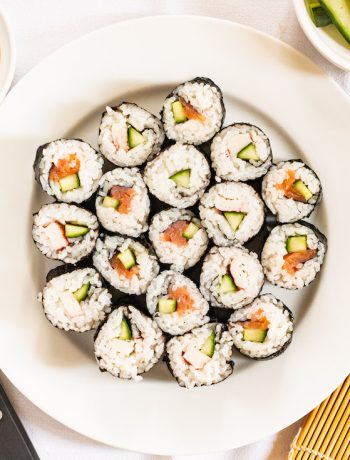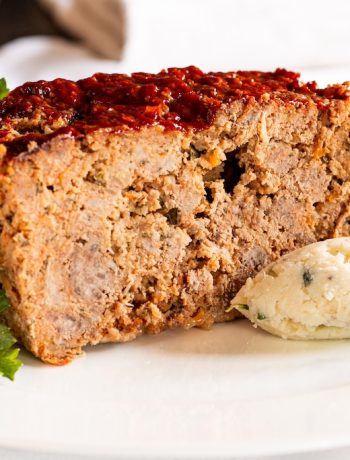Pithiviers sound all complicated because they look cool and are French. They date from to 17th Century France in the commune of Pithiviers in Orléans. Back in the day, the dish was originally filled with sweet things like frangipane, which is where we get galette des rois from. These days, ‘galette’ tends to be used for dessert dishes (apart from the buckwheat galettes of Brittany, which are a completely different thing), and ‘pithivier’ is reserved for savoury dishes.
The great cheat here is that the elegant, carved pithivier is actually easier to make than a traditional dish-baked pie. If you can make a ravioli, then you have all the skills needed to make a pithivier. Go slowly, cup it in your hand to crimp it, and then follow the chilling steps for the egg wash carve.
This recipe is adapted from a BBC Good Food dish by Barney Desmazery (@barneydesmazery), the longest-standing member of the BBC food team. We have altered some the the finishing of the pies (carving and French sauce faff), renamed them pithiviers (because that is what they are), and acknowledged that blackberries are seasonal, but pigeons are not, so you can choose your fruit according to the time of year. The rest is all Barney.

Pigeon pithiviers with berry gravy
Ingredients
- For the pithiviers:
- 8 Savoy cabbage leaves, thick stalks removed
- 2 tbsp olive oil
- Small knob of butter
- 8 pigeon breasts, skinned
- 8 slices pancetta or streaky bacon
- 375g pack puff pastry
- 1 egg, beaten with a little salt added to break it down
- For the gravy:
- 1 shallot, finely chopped
- 1 tbsp plain flour
- 2 handfuls blackberries
- 1 tbsp crème de cassis
- 1 tbsp port
- 150ml red wine
- 250ml game or beef stock (using the carcasses of the pigeons with some carrot, onion celery, peppercorns and bouquet garni would be best)
Instructions
Heat an oven to 220˚C.
Bring a pan of water to the boil, cook the cabbage leaves for 1 min, then drain and refresh in cold water to stop them cooking. Once cool, pat dry with kitchen paper.
Heat the oil and butter in a frying pan. Season the pigeon on both sides and sear for about 30 seconds on each side until just browned. Transfer the meat to a plate and reserve the fat in the pan as it is.
When the pigeon has rested, make 4 parcels by sandwiching 2 breasts together, wrapping them tightly in the cabbage leaves, then criss-crossing 2 slices of bacon over the parcel to secure. The idea is to get these as round as possible If you have a vac packer, you can vac the parcels and refrigerate them to help make the tight parcels.
On a lightly floured surface, roll out the pastry until it’s the thickness of a £1 coin. Cut out circles just bigger than the cabbage parcels (approx 12cm). Sit a cabbage parcel in the middle of each circle. Roll the pastry trimmings out again and cut out 4 more circles about bigger than the first (approx 16cm). Brush the edges of the lower pastry circle with the beaten egg, then drape over the larger circles and pat them round to make a large ravioli-like pie trying to expel any air. Push the edges together with the tines of a fork. Transfer the pies to a greased baking tray and chill for 30 mins.
Once cold, brush the pies generously with the beaten egg and refrigerate again. Once cold, carve a classic spiral pithivier pattern on the pies and poke a small air hole in the top of each. Sprinkle with salt flakes
Bake the pies for 20 mins until the pastry is dark golden. Remove and leave to rest for 10 mins.
Meanwhile, make your gravy. Put the pan with the pigeon cooking juices back on the heat and sizzle the shallot until golden. Stir in the flour and cook for a few mins until sandy. Add the blackberries and cassis (if using), port and wine, then bubble down. Add the stock and simmer for a few mins until you have a gravy. Set aside and reheat when the pies are ready. To serve, carefully carve each pie in half so you see the cross section of breast, and serve with a little of the sauce poured around.







No Comments